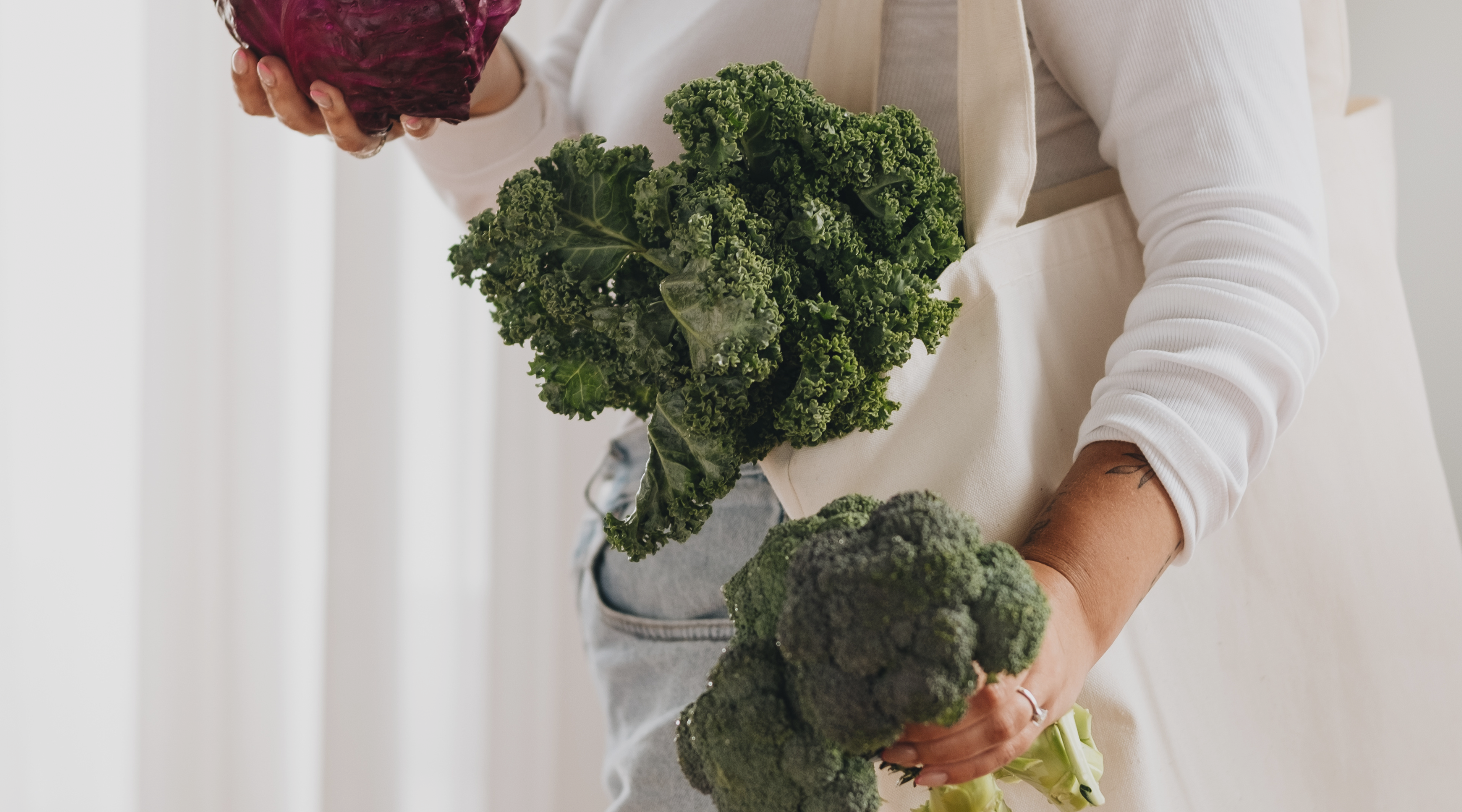
What Does a Healthy Diet Look Like?
I dislike the word diet, as it suggests the many trendy dietary regimens constantly in our faces. I do not promote any specific food group, nor do I believe that we should totally isolate a food (like meat, for example) unless it is junk and harmful to our gut microbiome. Because we are bombarded with many different trends and diets today, primarily through social media, it can all become very confusing.
If I conducted a survey asking hundreds of people their opinion on what constitutes healthy eating, I would get many different answers. Some people think they are on the right track just because they do not eat out at fast-food restaurants. Others feel that good old home cooking is the way to go regardless of what they are actually cooking.
Although there may not be a “one size fits all” diet, there are certain principles that one cannot argue. All diets should cater to whole foods – those that come from nature, are minimally processed, and are without chemicals. We are an alkaline species, meaning we have been designed by nature to eat foods our cells require to live, regenerate, and build healthy bodies. Most of our daily food agenda should come from raw fruits and vegetables, sprouted grains, and lean proteins.
I encourage everyone to eat 80% of alkaline-forming foods daily, with the other 20% coming from acid-forming (cooked foods) that are easily digested and free of chemicals, hormones, etc. An example of a healthy diet would include at least 8-10 vegetables and 3-5 fruits, lean cuts of fish or meat, and grains such as wild rice, quinoa or sweet potato. And, of course, healthy fats like olive, coconut, or avocado oil. There is no question that a healthy diet will ensure that you perform better as you will have more energy and vitality.
It is easy to get swayed by fancy packaging and promises of added nutrients when grocery shopping. Packaged goods can only offer you one truth – a fast fix. It takes less time to open a box than to fix a salad, but you will pay for it in the end. All processed foods high in refined sugars added colouring, flavours, and preservatives should be avoided. We call these “foodless foods” that are toxic to your system. Boxed cereals are a perfect example of how the public is fooled by thinking they are getting enough fibre in their breakfast. Not only are most of these cereals high in sugar, but most of the fibre disappears in the heating and manufacturing process.
Fruit juices are another culprit. They contain too much fructose no phytonutrients or fiber. Please eat real fruit.
The kale and veggie chips that have hit the stores recently are another trend going in the wrong direction. Save your money and try spreading a bit of olive oil on your own kale leaves. Place them under the broiler for less than a minute, and you have your own chips!
Beware of gluten-free packaged foods. Due to consumer demand, they have become widely available. Most are nothing more than refined, processed junk food.
What about eggs? This is a question I am often asked due to the myth that they are high in cholesterol. The healthy way to eat an egg (organic and free-range) is raw or very gently cooked with the yolk still runny. Raw eggs are better and more nutritious because cooking them will damage valuable nutrients like lutein, bioflavonoids, and vitamin D. Heating the egg also damages its chemical shape, and the distortion can lead to allergies.
Although some people complain that healthy snacks are difficult to find, I can easily argue that statement. Veggies or raw crackers with hummus are a great, easy snack to throw in a bag, and healthy food stores today offer a wide variety of different flavours. Seeds, olives, and plant-based energy bars are also good snack options. With consumers’ demand for healthy food growing daily, prices are also coming down, even with the organic options!
Research has shown that those who eat a plant-based diet have a lower risk of heart disease, hypertension, and obesity than the average North American. Plant-based foods are rich in vitamins and minerals that are easily absorbed to deliver optimum nutrition. Most people I see in my practice have digestion issues because they eat too much protein and insufficient fibre. It is much harder for our bodies to break down protein coming from a steak than a salad.
I think it is essential for people who do not usually eat many vegetables to go slowly. Start with one meal. Changing your breakfast to include 3-4 fruits or a fruit smoothie can be a great start. My favourite smoothie includes frozen mango or berries (instead of ice cubes), a banana, a pear (makes a great texture), and a well-sourced hemp-based protein powder. Add plain or coconut water, and you have a refreshing breakfast drink full of fibre, vitamins, enzymes, and electrolytes.
Most of all, listen to your body. Small signs and symptoms of digestive discomfort can become big problems if ignored. Very often, the wrong combinations of food can lead to stomach disturbance. One food that comes to mind is fruit. Always eat fruit alone, as it is a simple sugar that does not require insulin to be digested. Combining this food with another will create confusion and discomfort in the body.
Save your water and other liquid consumption between meals and not with your meals, as doing so can dilute the enzymes needed to digest food well.
Until next time,
Frances

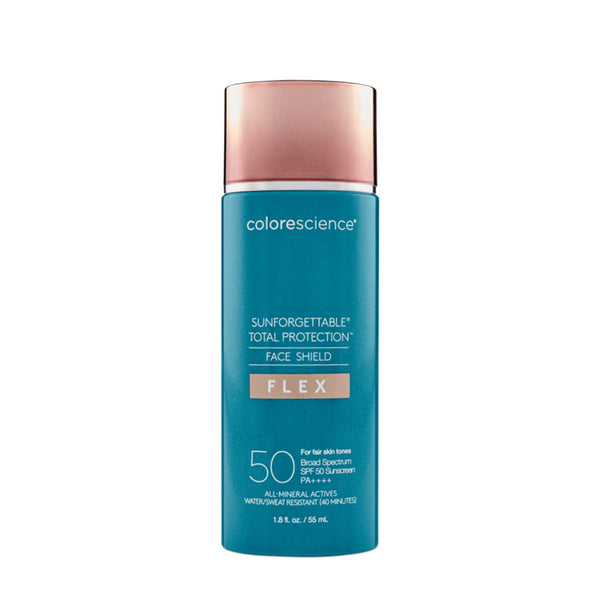
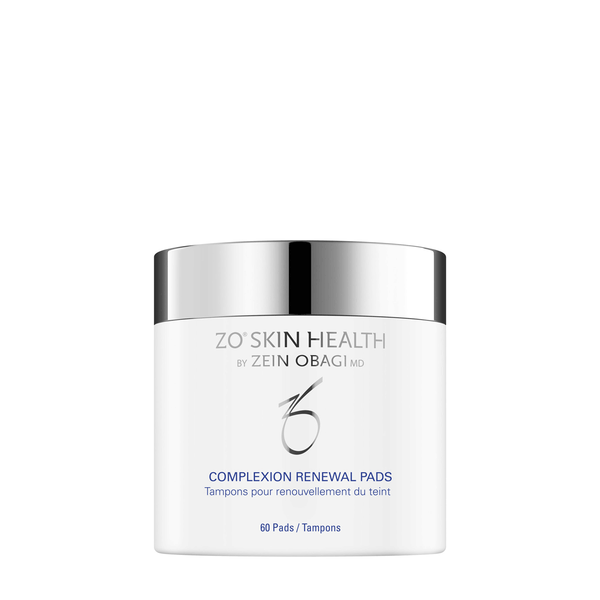
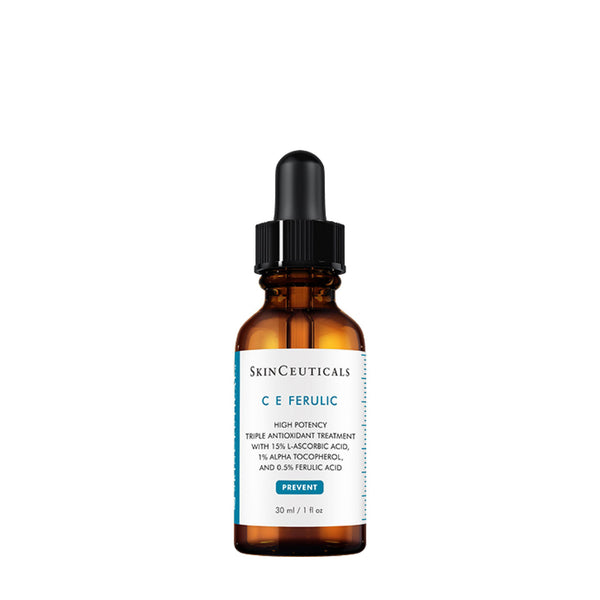
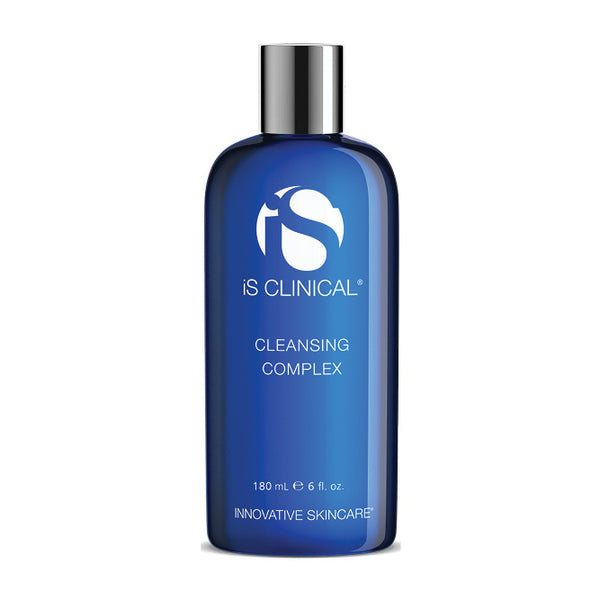
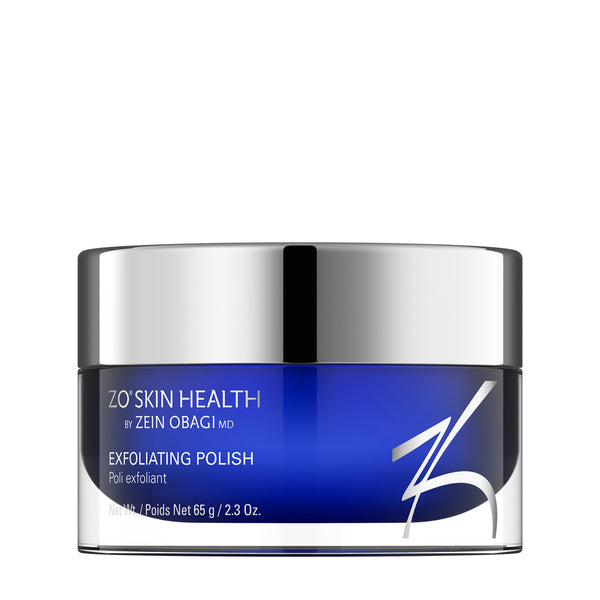





Leave a comment